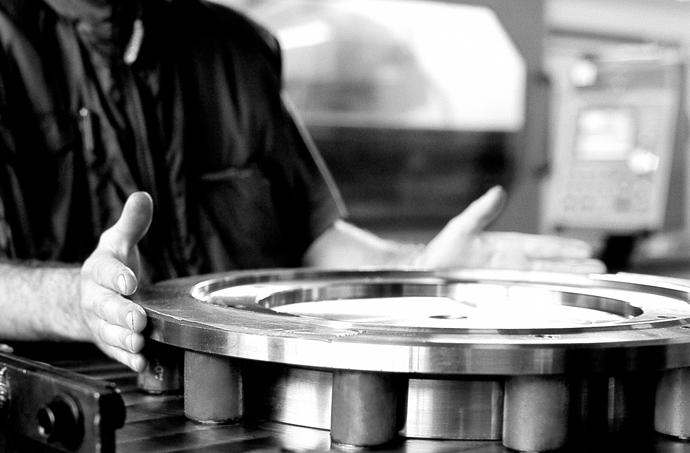Stainless steels which – beside the necessary percentage of Chromium – contain a good amount of Nickel and possibly of Molybdenum.
 GO TO THE PRODUCTS SECTION
GO TO THE PRODUCTS SECTIONALTERNATIVE NAMES
| ASTM | EN | UNS | JIS |
|---|---|---|---|
| 304 | 1.4301 | S30400 | SUS 304 |
CHEMICAL COMPOSITION
| 304 | Chemical Composition - Maximum Value | |||||||
|---|---|---|---|---|---|---|---|---|
| C | Mn | Si | Cr | Ni | P | Mo | Other | |
| 0.08 | 2.0 | 1.0 | 11.0-18.0 | 8.0-10.5 | 0.04 | 0.03/td> | ||
| Typical Value | ||||||||
| 0.04 | 0 | 0 | 18.1 | 8.0 | 0 | 0 | ||
MECHANICAL CHARACTERISTICS
| Tensile Strength (MPa) min | Yield Strength 0.2% Proof (MPa) min | Elongation (% in 50mm) min | Hardness | |
|---|---|---|---|---|
| Rockwell B (HR B) max | Brinell (HB) max | |||
| 515 | 205 | 40 | 92 | 201 |
END USES
Deep drawn steel – giving the name 304 DD - is widely used in severe plastic deformation processes (e.g. non-welded deep tanks, saucepans, etc.). It is a sub-class of the more common 304 and is not a grade of steel defined by the nomenclature AISI, DIN, etc. 304 steel is usually considered 304 DD with high mechanical characteristics (elongation A50 over 56/57%, RP02 under 300, etc.).
The quality of the mechanical characteristics of the material can be achieved through the presence of a high quantity of Nickel, which can also be higher than 8, however within the interval that defines AISI 304, outlined above.